Facing the waning weeks of winter and the promise of spring’s impending arrival, it’s that time of year at The Willows where we reflect on what we’ve accomplished so far this school year and look ahead to what still lies ahead. Around this same time, the school participates in the annual tradition of Intersession, when normal school routines and schedules are suspended for one week for specialized projects and classes for DK-8 students.
A year ago, I wrote a post about the success of Intersession coming down to two main elements: time and engagement. The power of both was still evident during this year’s Intersession, as I roamed the halls seeing students deeply immersed for hours in creating a wide variety of things: Escape Rooms, lamps, instructional videos, ramps and pathways for marble runs, and much more.

Reflecting further on this year’s Intersession, I think one element that also contributed greatly to the success of this year’s projects was choice.
We always gave students a fair amount of choice regarding which Intersession class they wanted to participate in, but this year was unique. We worked especially hard to make sure every student had his or her first choice out of the many offerings that were made available.
Hot off the heels of November’s election, DK-8 students were given “ballots” detailing the class offerings; in grades 3-5, we even held a “primary” to narrow down an initial list of more than ten class options. Unsurprisingly, kids clamored their teachers for information shortly afterwards – “Did I get my first choice?” they asked, not knowing that we had planned for that all along!
Choice matters
Why was it important for us to ensure first choice? According to research, providing choice to students is strongly correlated with motivation. Certain school environments motivate students by rewards or punishments with teacher-centered activities predominating. Intersession at The Willows doesn’t remove the guidance of the teacher but encourages students to take more ownership over their learning in a setting where time is truly given for deep learning and engagement.
Choice inspires motivation, and choice pervades the interdisciplinary learning environment that we strive to create each year at Intersession. In one popular class this year, middle school students designed original lamps, utilizing skills and resources from our STEAM2 disciplines (science, technology, art, engineering, and math and maker) and design thinking. Students were challenged to make choices about artistic and operational design features for their lamps, and to consider the impact of their choices on the needs of the potential, ideal users of their lamp. The finished products displayed for parents a week later at our Family Education Night celebrating the work of Intersession, highlighted the powerful returns we reap from providing rich, choice-driven learning environments for students.
Further reading
A colleague of mine recently recommended a book on this topic, Choice Time: How to Deepen Inquiry Through Inquiry and Play by Renee Dinnerstein. My copy is on order, and though its focus appears to be on DK-2 classrooms, I am excited to build on the successes of Intersession, and to seek out applications for choice to enliven all classrooms.









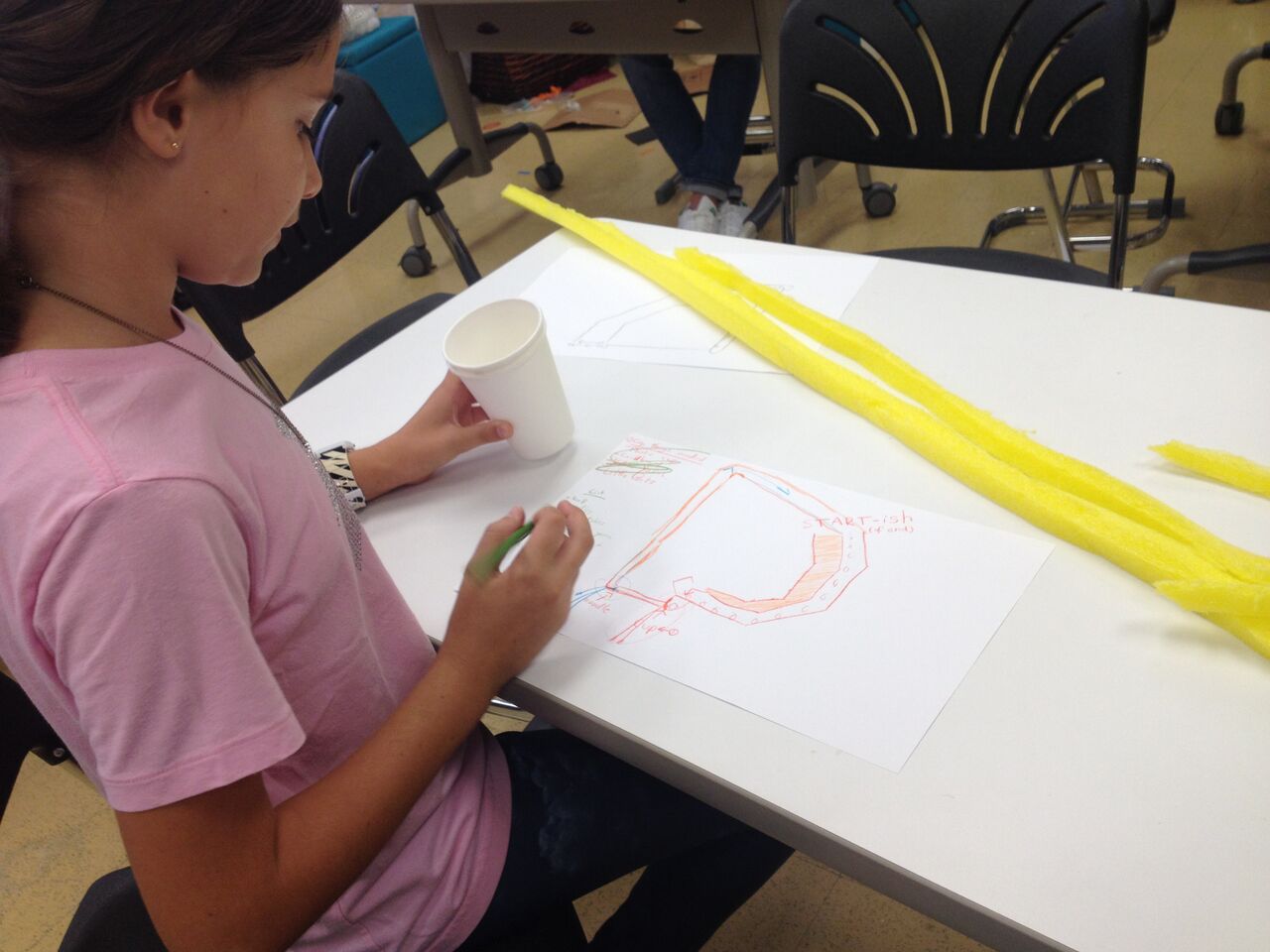


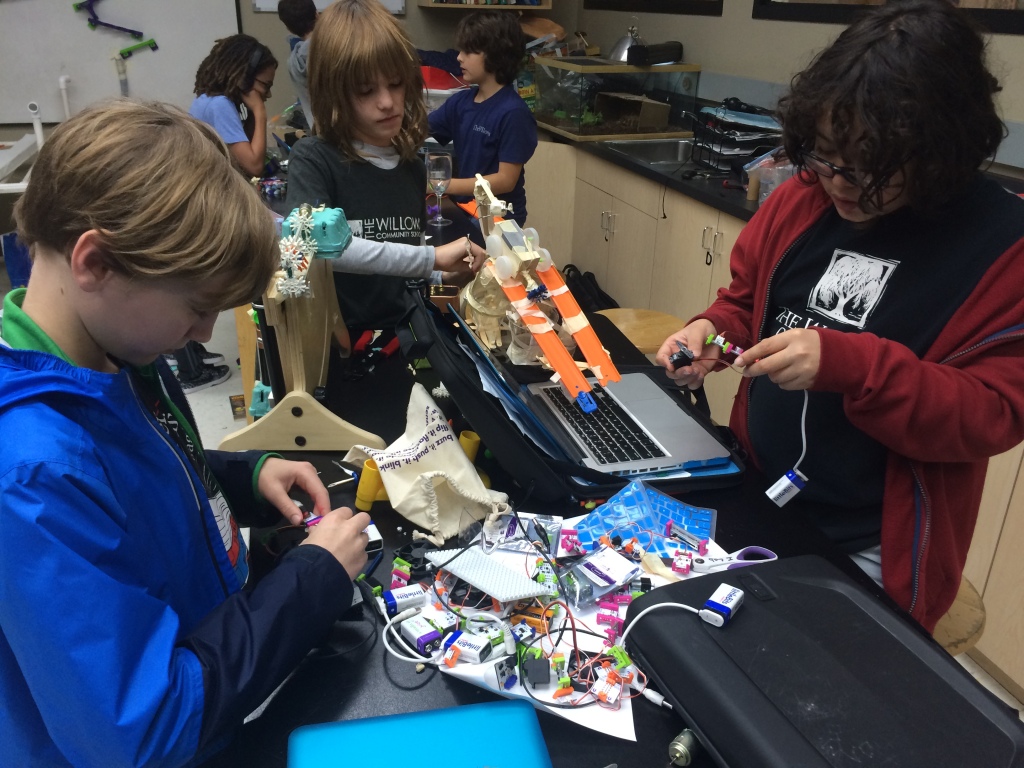
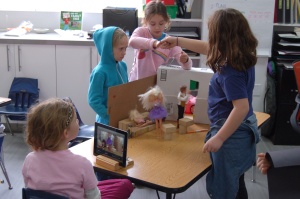 With unprecedented amounts of time, our students were able to build real expertise, often with new skills or concepts. Immersed in their projects, they were more willing to take risks, to persevere through difficulties, to collaborate and problem-solve with peers, and to see the true value in what we call “hard fun.”
With unprecedented amounts of time, our students were able to build real expertise, often with new skills or concepts. Immersed in their projects, they were more willing to take risks, to persevere through difficulties, to collaborate and problem-solve with peers, and to see the true value in what we call “hard fun.”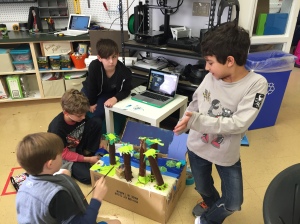
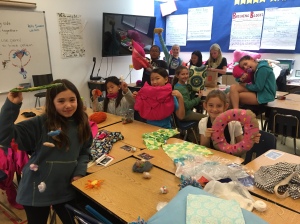 Ultimately, in my mind, time and engagement go hand in hand. Without the time to really dive deeply into something, engagement will always remain superficial while everyone moves on to the next regularly scheduled block of learning. When children are shown that educators truly value their strengths and interests and are willing to give them time to immerse themselves in meaningful projects, they really rise to the occasion.
Ultimately, in my mind, time and engagement go hand in hand. Without the time to really dive deeply into something, engagement will always remain superficial while everyone moves on to the next regularly scheduled block of learning. When children are shown that educators truly value their strengths and interests and are willing to give them time to immerse themselves in meaningful projects, they really rise to the occasion.